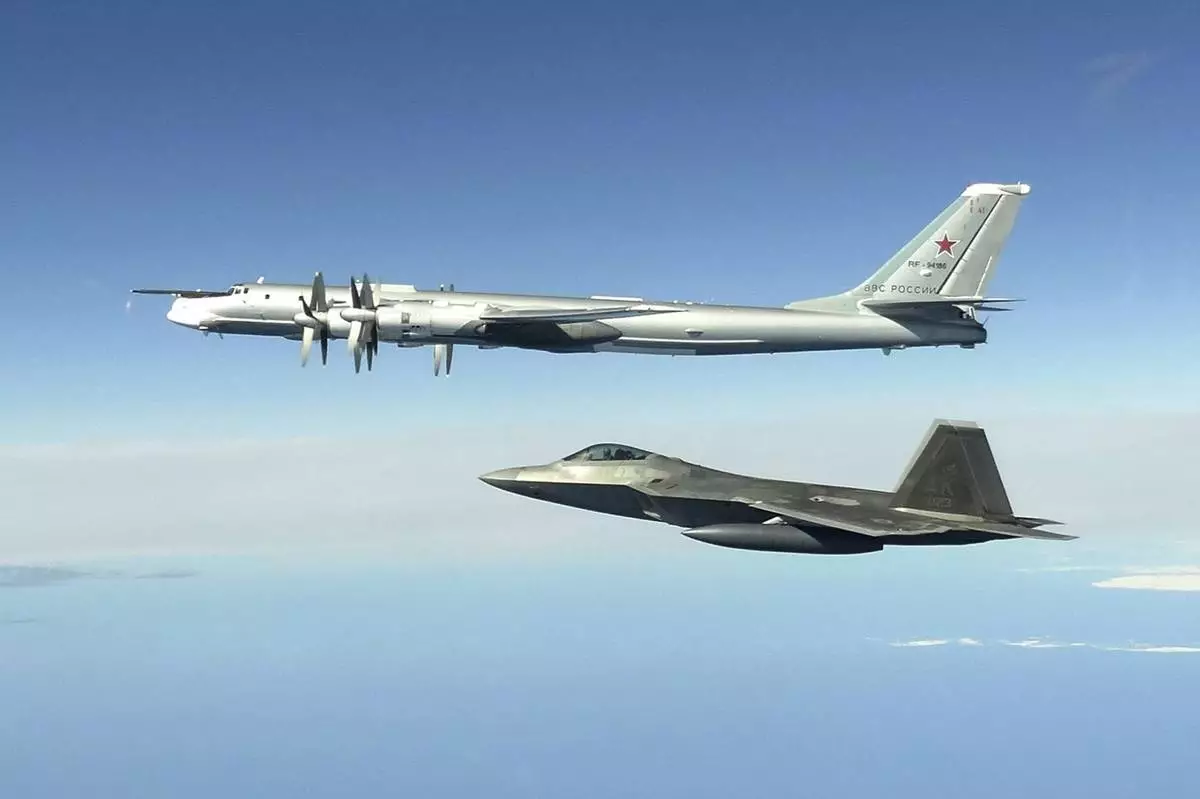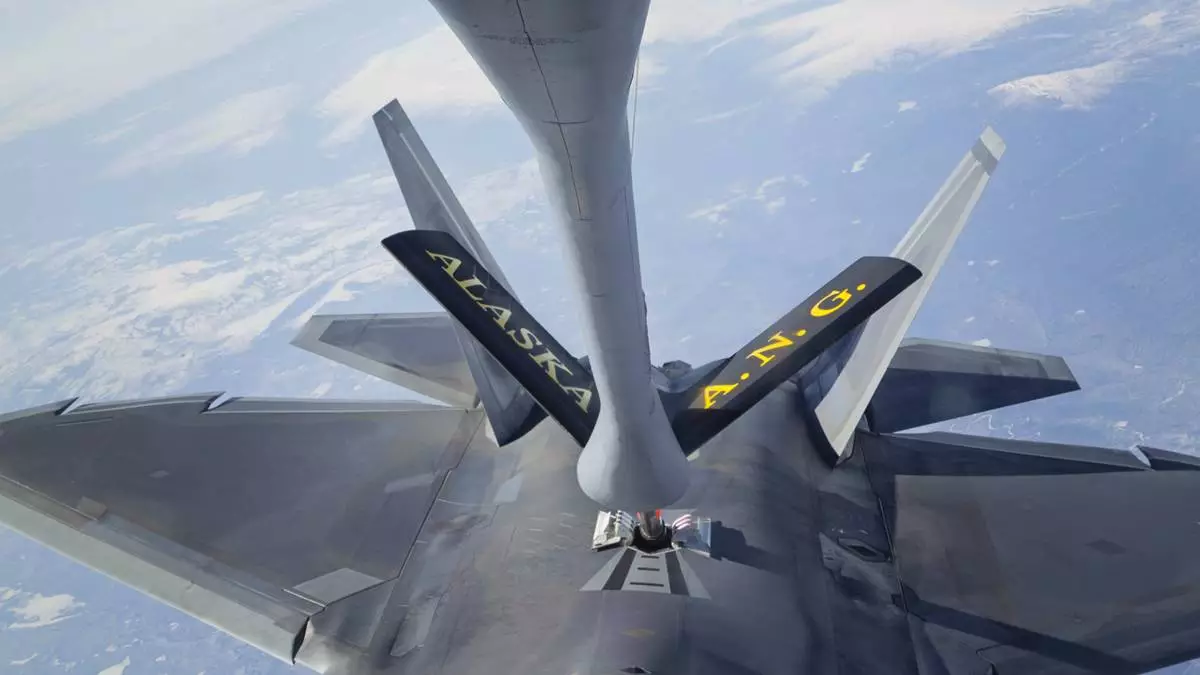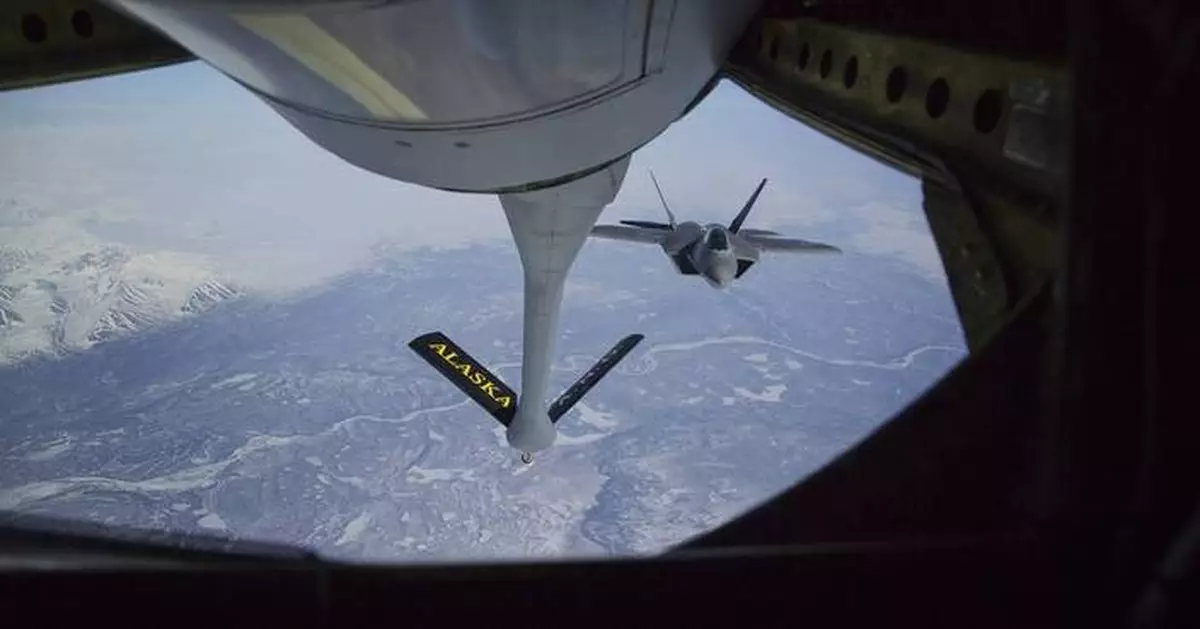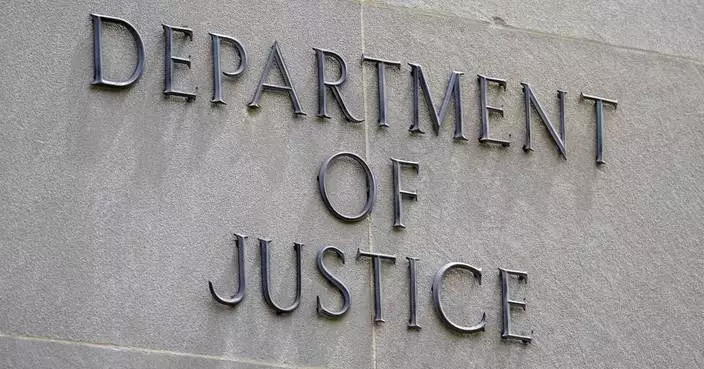ANCHORAGE, Alaska (AP) — The Air National Guard has delayed its plan to downgrade the status of about 80 members of its Alaska unit, a move that would have threatened national security and civilian rescues in the nation’s most remote state.
The Alaska Air National Guard confirmed the delay in an email to The Associated Press on Friday.
Efforts by the state’s politicians and Alaskans “have been instrumental in getting this delay which will allow everyone involved the time to conduct more thorough research and analysis,” wrote Alan Brown, an Alaska guard spokesperson.
The Air National Guard headquarters in Virginia did not respond to emails from the AP seeking comment.
The changes to balance top-earning positions among the other 53 state and territorial units will still be completed by Oct. 1.
Alaska was slated to convert 80 of the highly paid Active Guard and Reserve members — who are essentially the equivalent of full-time active-duty military — to dual status tech positions, a classification with lower wages, less appealing benefits and different duties.
Many say they will quit rather than accept the changes, which could include seeing their pay cut by more than 50%.
Local guard leaders argued Alaska needed the personnel in the higher classification to fulfill its requirements to conduct national security missions that other units don’t have, such as monitoring for ballistic missile launches from nations such as Russia, North Korea and China.
The Alaska guard also said its ability to fly refueling tankers to accompany U.S. and Canadian fighter jets when they intercept Russian bombers that come close to Alaska or Canada would be greatly curtailed.
The guard also plays a vital role in conducting civilian search-and-rescue missions in Alaska, sending military helicopters and cargo planes through violent storms to rescue people from small Alaska Native villages when weather prevents air ambulances from flying.
Last year, the guard conducted 159 such missions, including flying to an Alaska island just 2 miles from a Russian island to pick up a pregnant woman with abdominal pains. In one recent rescue, two paramedics parachuted into an Alaska Native village because that was the fastest way to reach a critically ill woman with internal bleeding. Another involved flying to a western Alaska village to pick up a pregnant woman who began bleeding when her water broke and delivering her to a hospital in Anchorage, more than 400 miles (644 kilometers) away.
If the staff conversions went through, the guard estimated the number of rescues would drop to about 50 a year.
The downgrades in Alaska have been delayed until Sept. 30, 2025, giving the service more time to study how the changes would affect its Alaska operations and if the changes should be made at all, according to a joint statement from the state's congressional delegation.
“The strain this uncertainty put on Alaska Air National Guard members –- who Alaskans depend on in the most dire of emergencies –- for them to worry about their jobs, their benefits, their ability to provide for their families, is unacceptable,” U.S. Sen. Lisa Murkowski, a Republican, said in the statement.
“Delaying the implementation of the misguided directives is a win -– but it should never have come to this,” she said.

FILE - In this June 16, 2020, image released by the North American Aerospace Defense Command, a Russian Tu-95 bomber, top, is intercepted by a U.S. F-22 Raptor fighter off the coast of Alaska. The Air National Guard has delayed personnel changes in Alaska until Sept. 2025, that could have threatened national security and civilian rescue missions. (North American Aerospace Defense Command via AP)

FILE - In this photo provided by the Alaska National Guard, an F-22 Raptor fighter jet hooks up to an Alaska Air National Guard KC-135 Stratotanker, from the 168th Air Refueling Wing, to conduct in-air refueling over the Joint Pacific Alaska Range Complex during their fighter/bomber exercises, May 1, 2014. The Air National Guard has delayed personnel changes in Alaska until Sept. 2025, that could have threatened national security and civilian rescue missions. (Lt. Bernie Kale/Alaska National Guard via AP)

FILE - In this photo provided by the Alaska National Guard, an F-22 Raptor jet fighter prepares to hook up to an Alaska Air National Guard KC-135 Stratotanker, from the 168th Air Refueling Wing, to conduct in-air refueling over the Joint Pacific Alaska Range Complex during their fighter/bomber exercises May 1, 2014. The Air National Guard has delayed personnel changes in Alaska until Sept. 2025, that could have threatened national security and civilian rescue missions. (Lt. Bernie Kale/Alaska National Guard via AP, File)










